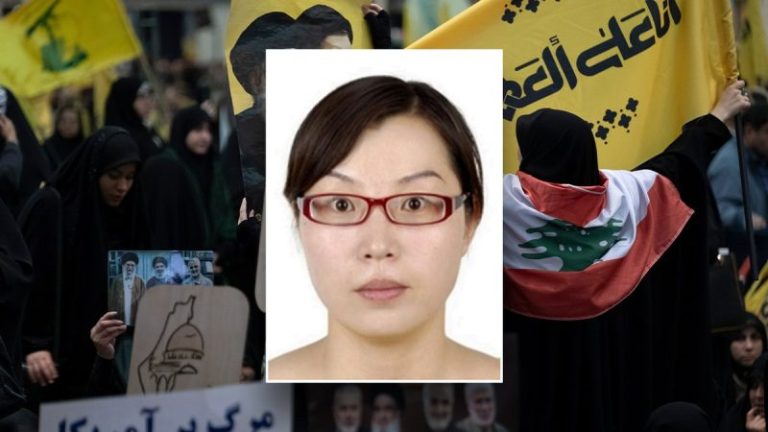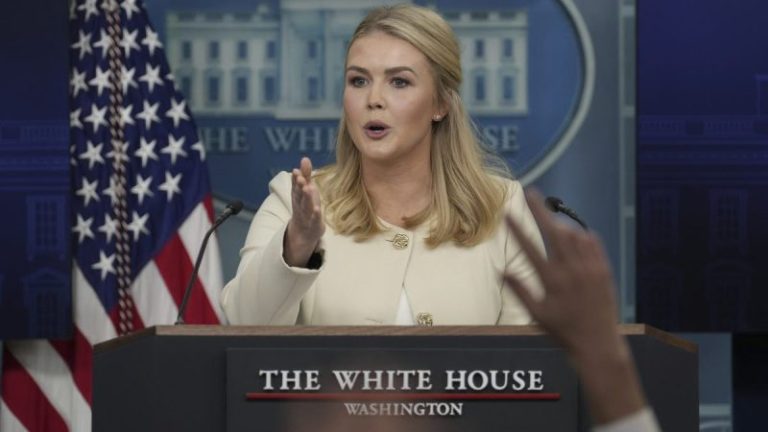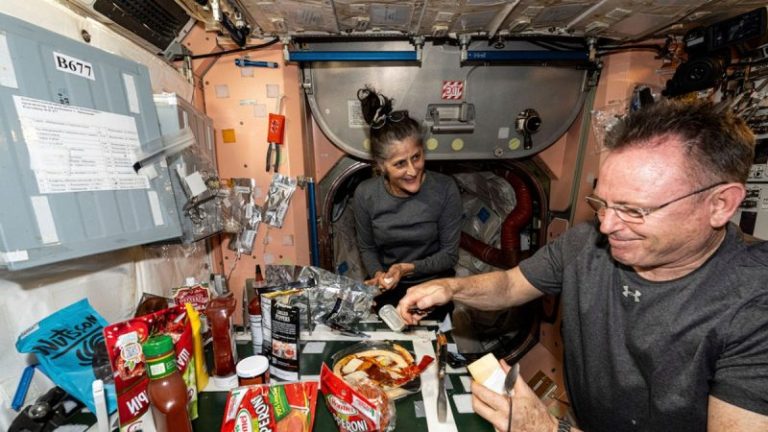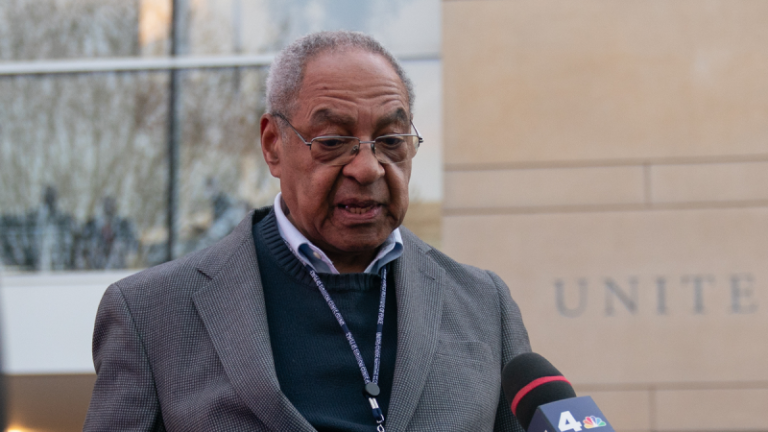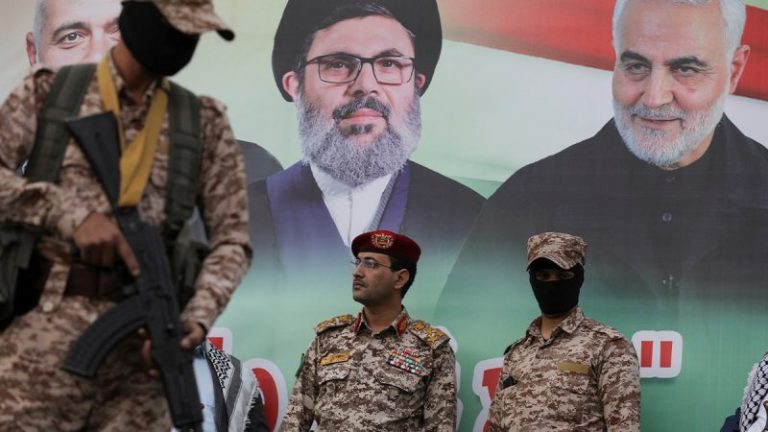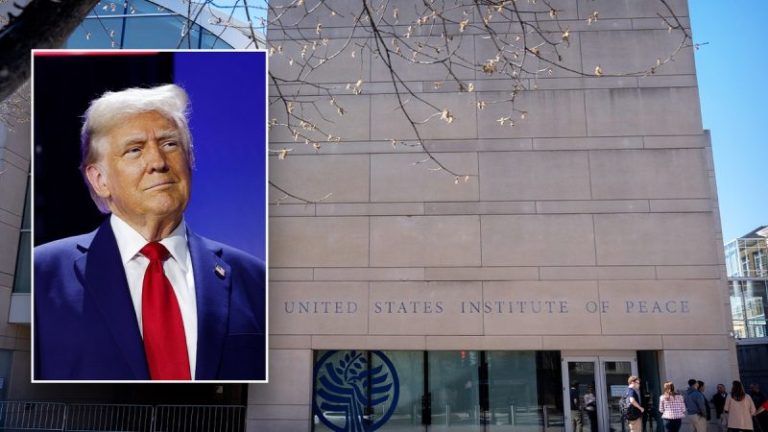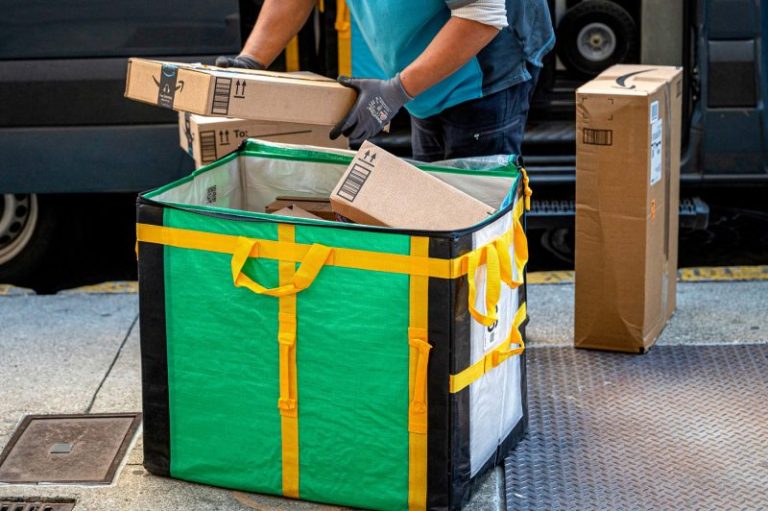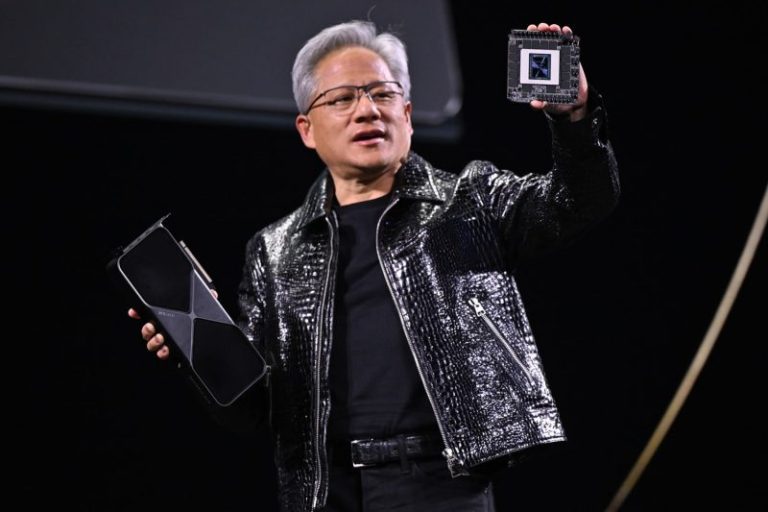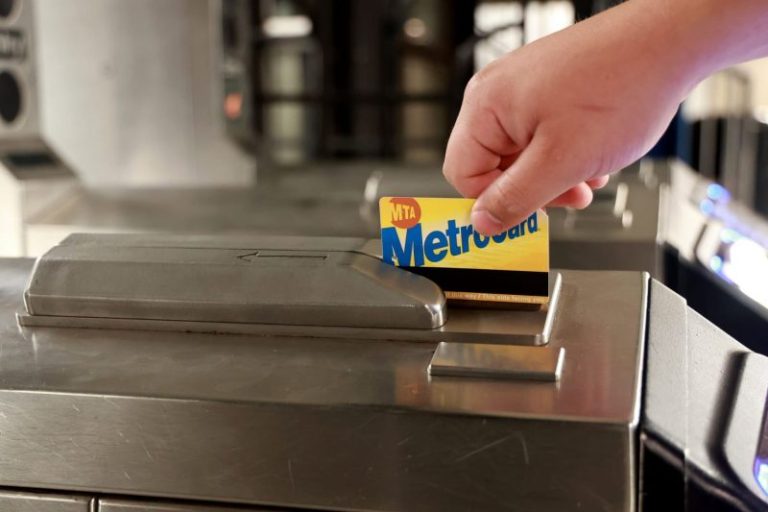The FBI on Wednesday shared a wanted poster for Chinese national Baoxia ‘Emily’ Liu, adding that the State Department is offering a reward of up to $15 million for information on her and others accused of smuggling U.S. drone weapons to Iran.
Liu and three other fellow Chinese nationals were charged by President Joe Biden’s Justice Department in January 2024 in an alleged years-long conspiracy in which they unlawfully exported and smuggled U.S. export-controlled items through China and Hong Kong to entities affiliated with Iran’s Islamic Revolutionary Guard Corps (IRGC) and Ministry of Defense and Armed Forces Logistics (MODAFL), which supervises production of Tehran’s missiles, weapons, and Unmanned Aerial Vehicles (UAVs).
Her co-defendants are Li Yongxin, also known as ‘Emma Lee;’ Yung Yiu Wa, also known as ‘Stephen Yung;’ and Zhong Yanlai, also known as Sydney Chung.
The Department of State, now under President Donald Trump, said on Wednesday its Rewards for Justice (RFJ) program, which is administered by the Diplomatic Security Service, is offering a reward of up to $15 million ‘for information leading to the disruption of the financial mechanisms’ of the IRGC and its various branches, including the IRGC-Qods Force (IRGC-QF), which are designated Foreign Terrorist Organizations (FTOs).
‘The IRGC has financed numerous terrorist attacks and activities globally, including via its external proxies such as Hamas, Hizballah, and Iran-backed militia groups in Iraq,’ the State Department wrote in its announcement. ‘The IRGC funds its terrorist activities — in part — through sales of military equipment, including UAVs, or drones.’
Beginning as early as 2007, Liu and her associates ‘allegedly utilized an array of front companies in the People’s Republic of China (PRC) to send dual-use U.S.-origin electronic components to IRGC-linked companies that could be used in the production of UAVs, ballistic missile systems, and other military end uses,’ the State Department said, noting the IRGC and its supporters ‘generate and move millions of dollars around the world by establishing and relying on front companies to procure cutting-edge technology to evade sanctions and trade controls.’
The announcement comes after Trump ordered U.S. strikes against Iran-backed Houthis in Yemen over the weekend, and Israel bombarded Gaza, ending its ceasefire with Iran-backed Hamas after the terror group refused multiple hostage release deals.
Hezbollah, another Iran-backed terror group based in Lebanon, also launched a missile toward Israel, but it was intercepted before entering Israeli airspace, according to the Israel Defense Forces (IDF).
Trump said he sent a letter to Iran’s Supreme Leader Ali Khamenei two weeks ago offering direct negotiations with Tehran to deter them from obtaining a nuclear weapon.
The State Department said Liu and her three co-defendants ‘allegedly misrepresented the end users of dual-use U.S.-origin electronic components, leading U.S. companies to export goods to PRC-based front companies under the guise that the ultimate destination of these products was China rather than Iran.’
‘As a result, a vast amount of dual-use U.S.-origin products with military capabilities have been exported from the United States to IRGC-linked companies Shiraz Electronics Industries (SEI), Rayan Roshd Afzar, and their affiliates, in violation of U.S. sanctions and export control laws and regulations,’ the department said.
The IRGC and MODAFL ‘have utilized the U.S.-controlled technology to develop and manufacture arms and weapons systems, including UAVs, that are sold to governments and groups in allied countries such as Russia, Sudan, and Yemen,’ it added.

